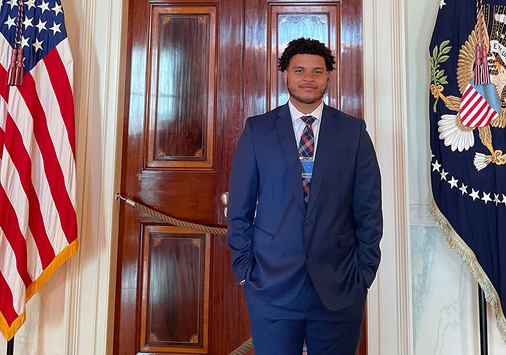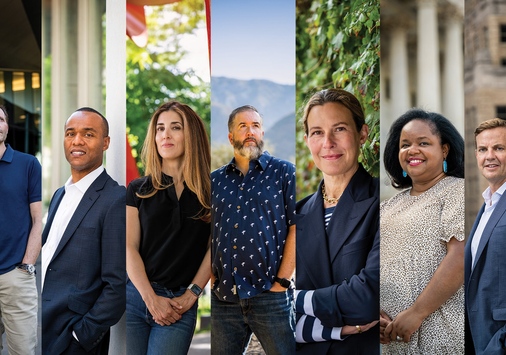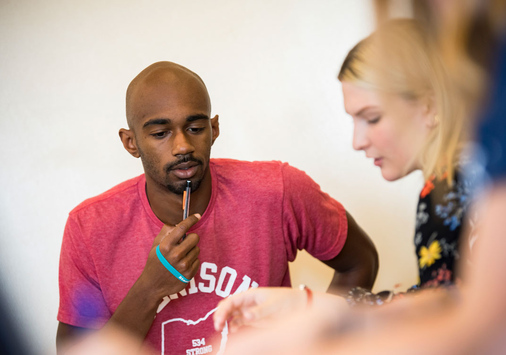Approved by AHA Council, June 2020
Everything has a history, including our nation’s deplorable record of violence against African Americans, committed either outside the law or in the name of law enforcement itself. George Floyd’s death at the hands of Minneapolis police officers cannot be understood in isolation, as a tragic moment detached from a familiar narrative of “who we as Americans really are.” What happened to George Floyd stands well within our national tradition.
This sordid history stretches back centuries, from before Virginia’s first slavery legislation in 1662 through emancipation and beyond. Enslavers acted with impunity to punish and “discipline” enslaved people. The Fugitive Slave Act of 1850 extended the extreme violence of slave-owning by legitimating the hunt for human beings into states where slavery had been outlawed so they might be returned to their former owners. Reconstruction—the experiment that came after the violence of a Civil War—could not withstand the lethal combination of terrorism and voter fraud. Well into the mid-20th century, white supremacy was enforced by lynch mobs that murdered black men, women, and children on the flimsiest of pretexts or no pretext at all. In the late 19th century and beyond, convict laborers and peons, subject to whippings and other forms of physical abuse unchecked by either formal or informal codes of civilized conduct, had little recourse to the law and remained at the mercy of white sheriffs and landowners.
Deeply embedded cultural practices are difficult to change. Despite insistent calls for reform over generations, police departments and civilian review boards have largely sided with law-enforcement officers who violated norms not only of good policing but of human decency. What has changed is less the story itself than our ability to document and interpret stories with cell phones that generate immediate, previously unavailable historical records. Video footage of police brutality constitutes a new form of historical documentation and legal evidence with the potential to hold violent perpetrators accountable for their crimes.
As Congresswoman (and former police officer) Val Demings recently noted, law enforcement officers “are placed in complicated and dangerous situations” every day: “They respond to calls from people with their own biases and motives.” Over the past half-century, some police departments have made substantial improvements in their policies, training, and practices.
Still, reckless police actions have also triggered some of the most destructive episodes of civil unrest in recent history—from the raiding of an after-hours club in downtown Detroit in 1967 to the 1992 acquittal of the police officers who beat black motorist Rodney King in Los Angeles to the killing of Michael Brown in Ferguson, Missouri, in 2014. Then, as now, “outside agitators” were accused of infiltrating a community and inciting violence, an old canard familiar to historians of the anti-slavery movement, the Civil Rights struggle, and protests against the Vietnam War.
Even more evocative is the threat from the White House that protesters of all backgrounds, gathering on behalf of African American victims of violence, will be “greeted with the most vicious dogs.” This too has a long history, going back to the use of dogs to track down escaped enslaved people. In the 1960s, the nation watched on television as marchers protesting racial injustice were set upon by snarling dogs and baton-wielding police officers.
Police brutality in urban areas derives from well-known historical causes: generations-long patterns of residential racial hyper-segregation, a product of bank redlining and predatory lending; toxic forms of everyday policing tacitly approved by mayors, city councils, and state officials; and the practice by some towns and municipalities of relying on revenue generated by fines and court fees extracted from people arrested on minor offenses—arrests that often turn violent. Over the years, segregated black neighborhoods have suffered from white-supremacist cultures embedded in local police forces. The recent series of cases marked by severe, even murderous overreach on the part of police officers are part and parcel of historic trends. The killing of George Floyd stems from a constellation of structural injustices that are immune to the platitudes of anguish and concern that routinely follow instances of police-initiated violence against African Americans.
As a nation, we’ve shown a reluctance not only to learn our own history but to learn from it, which helps to explain why we continue to witness—and set aside as exceptional—egregious forms of human-rights abuses in case after case. Throughout our history, those trusted to enforce the law have too often acted lawlessly, while too many civilians have acted with the tacit approval of law enforcement in targeting African Americans just going about their daily lives. We are killing our own people. Even as we mourn the death of George Floyd, we must confront this nation’s past; history must inform our actions as we work to create a more just society.














